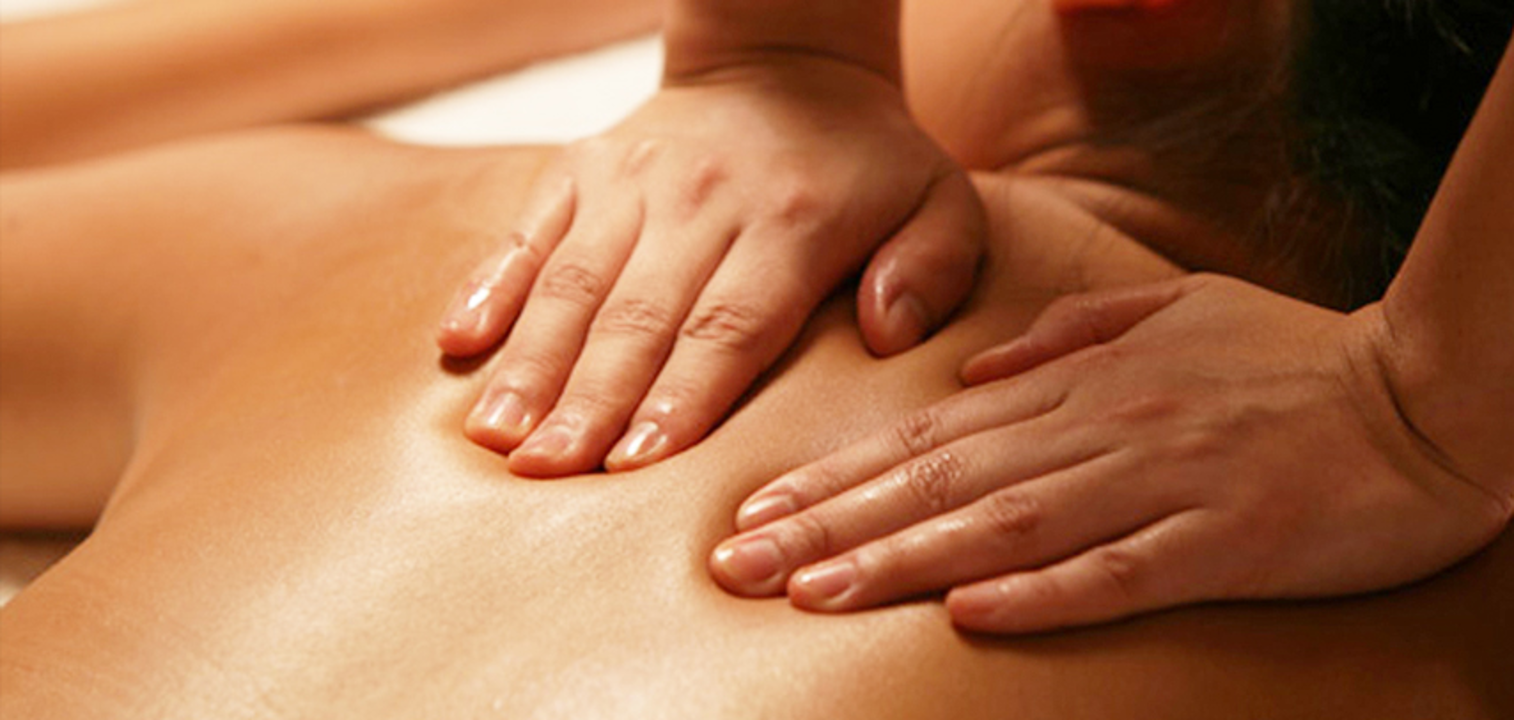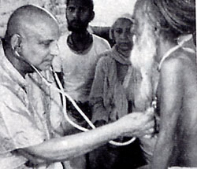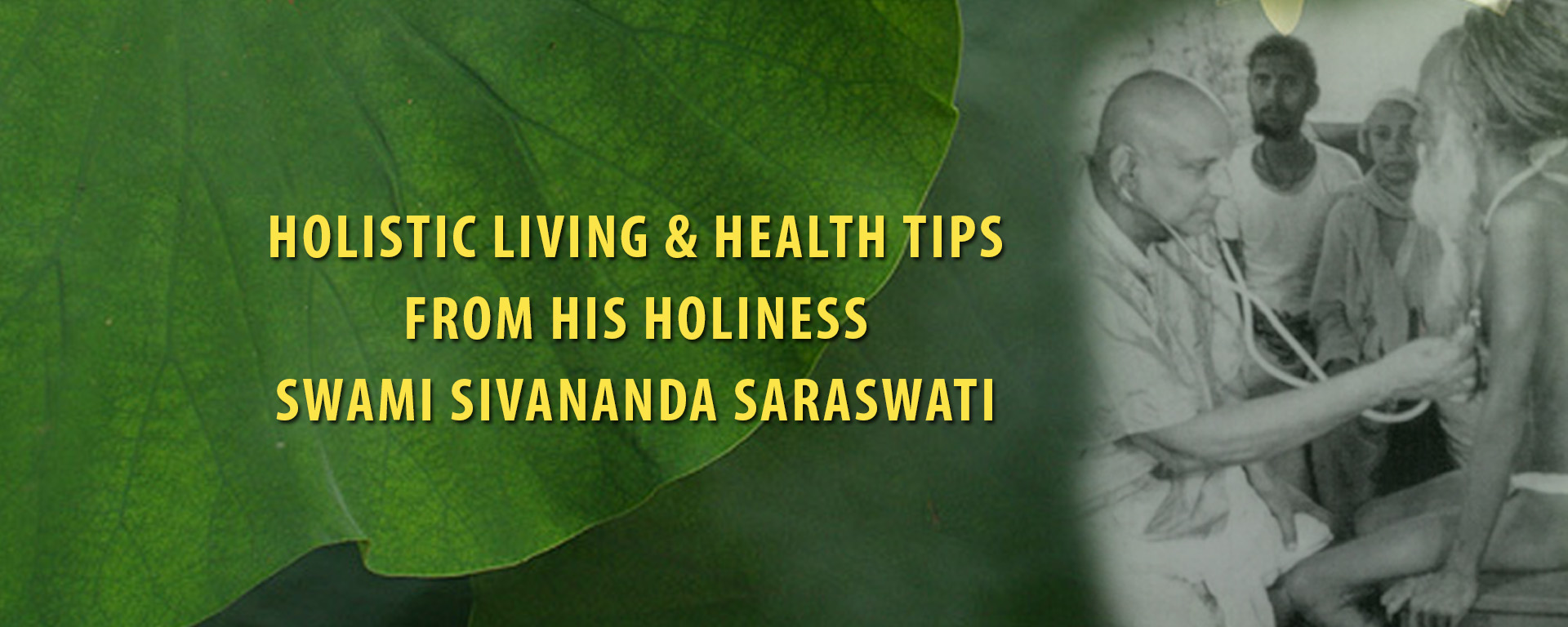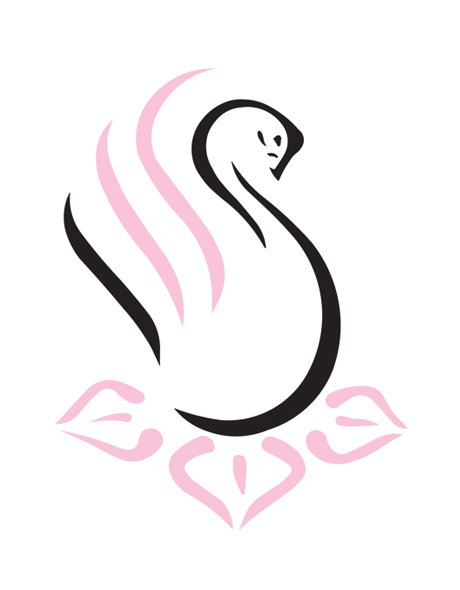MASSAGE
By His Holiness Swami Sivananda Saraswati
This article is an extract from the book Practice of Nature Cures, authored by His Holiness Swami Sivananda Saraswati and first published in 1952. The electronic publication of this article on this webpage is with the blessings and kind permission from The Divine Life Society, Rishikesh.
HEALTH TIPS > MASSAGE

Massage is described in the oldest Hindu and Chinese books. It is an excellent therapeutic measure. Its range of usefulness has been greatly extended during recent years.
Massage, or rubbing or manipulating the body according to scientific rules, strengthens the tissues and acts as exercise for the patient.
Massage is methodical shampooing. It is done in the direction of the muscles.
All the movements - kneading, rubbing, stroking, beating and rolling - are made from the extremities towards the heart.
There are many schools of massage and each has its own methods.
Massage stimulates the skin, muscles and superficial blood-vessels. It promotes the flow of blood and lymph and the excretion of effete matter, and excites appetite to supply the place of removed material. It is a substitute for exercise.
Massage restores the tone of the muscles weakened by disuse or diseases. It helps the absorption of inflammatory and effete products. It accelerates the lymph flow.
It produces direct pressure on the abdominal organs. It stimulates peristalsis, relieves muscular spasm in fractures and causes sleep.
Certain forms of massage cause muscular contractions and so provide exercise for the muscles.
Massage quickens the circulation of blood in the skin and helps the skin to maintain health. It has a soothing action on the nerves of sensation.
Massage followed by bath is greatly conducive to the health of the skin.
A skilled masseur who is endowed with good knowledge of massage will be able to do very good massage.
Massage should not be practiced in diseases of the heart, consumption, gastric ulcer and acute inflammation of joints, but it is useful in some chronic inflammation of joints, muscular rheumatism, debility and many nervous diseases.
The masseur uses his hands or occasionally other appliances to rub, knead or press the skin and deeper tissues of the patient under treatment. It is often combined with various passive movements. The masseur moves the limbs in various ways. The patient makes no efforts. Sometimes active movements are performed with the combined assistance of masseur and patient.
Massage is also combined with baths and gymnastics in order to strengthen various muscles.
Massage in the sun with mustard oil or groundnut oil or coconut oil is highly beneficial. This feeds the patient also.
He who is weak and cannot do exercise during a fast needs massage for eliminating the poisonous materials from the skin.
A patient needs daily massage.
Massage should not be merely applying friction. It should be rubbing with firm grip on the limb. There should be kneading or pressing down movements. Tapping on the muscles with closed fists is highly beneficial.
Massage should be vigorous in strong persons. It should be very, very gentle in cases of persons with delicate health.
The direction of massaging the abdomen should be along the course of the large bowels. Begin the pressure at the right edge of abdomen near the region of appendix. The hand with pressure is to be passed up and across under the ribs and then coursed down to left side, and then down towards the rectum following the large intestine. The massaging should be in this one direction only.
Massage must be performed gently, patiently and leisurely. It should not be done in a hurry. Massaging must be comforting to the patient. When it becomes irksome and uncomfortable to the patient it should be stopped.
Massage of the stomach is necessary for the habitual dyspeptic. Massage should not be done immediately after taking food.
Place the patient on his back with the legs flexed. Stroke the stomach all over gently in the beginning. Gradually increase the pressure. Increase the pressure at strokes and make it a kneading movement. The movement should be directed from left to right or from the entrance of the stomach to its exit end at the pylorus, near the liver.
This massage tones the stomach, induces circulation and aids the stomach to discharge its content through the phylorus. If any imperfectly digested substances is left in the stomach from the previous meal, it is sent into the intestines.
Stroking: The part to be massaged is stroked firmly and slowly in the direction of the venous flow. This removes spasm in the muscles and renders easy setting of a fracture.
It consists of gentle pressure with the hand moved in one direction. It soothes the nerves of the part treated. It empties the main lymph vessels and veins and thus increases the circulation locally. It is carried out either with the flat of the hand or with the edges of thumb and first finger widely separated.
Kneading: This consists of five movements, viz, kneading, rolling, ironing, picking up and friction.
Percussion: This includes four movements, viz, hacking, pounding, clapping and flicking.
Tapping is practiced with the points of the fingers from the wrist. Further, there are the vibratory movements in cases of headaches, passive movements in the treatment of stiff joints, and active movements for developing the muscles.
Massage is useful in sprains, fractures, dislocations, stiffness of joints, deformities, constipation (kneading and percussion on the large bowels), sciatica, etc.
A masseur should have some knowledge of anatomy and physiology.
Violent rubbing and manipulation by professional wrestlers and other muscular persons is strongly condemned.

His Holiness Swami Sivananda Saraswati, served as Dr. Kuppuswamy in the rural rubber estates in Malaya between 1913 to 1922 prior to his monastic calling, bringing not only cures for ailment but also unsurpassed love and attention to the sick and needy.
His Holiness Swami Sivananda Saraswati is the Spiritual Guru and Guide of His Holiness Swami Shantanand Saraswati, who founded SivaSanta Medical Services in 1981 as a charitable project of The Temple of Fine Arts. SivaSanta Medical Services took on the name to institutionalize the wisdom and contribution of her founder, His Holiness Swami Shantanand Saraswati and his Master, His Holiness Swami Sivananda Saraswati.

